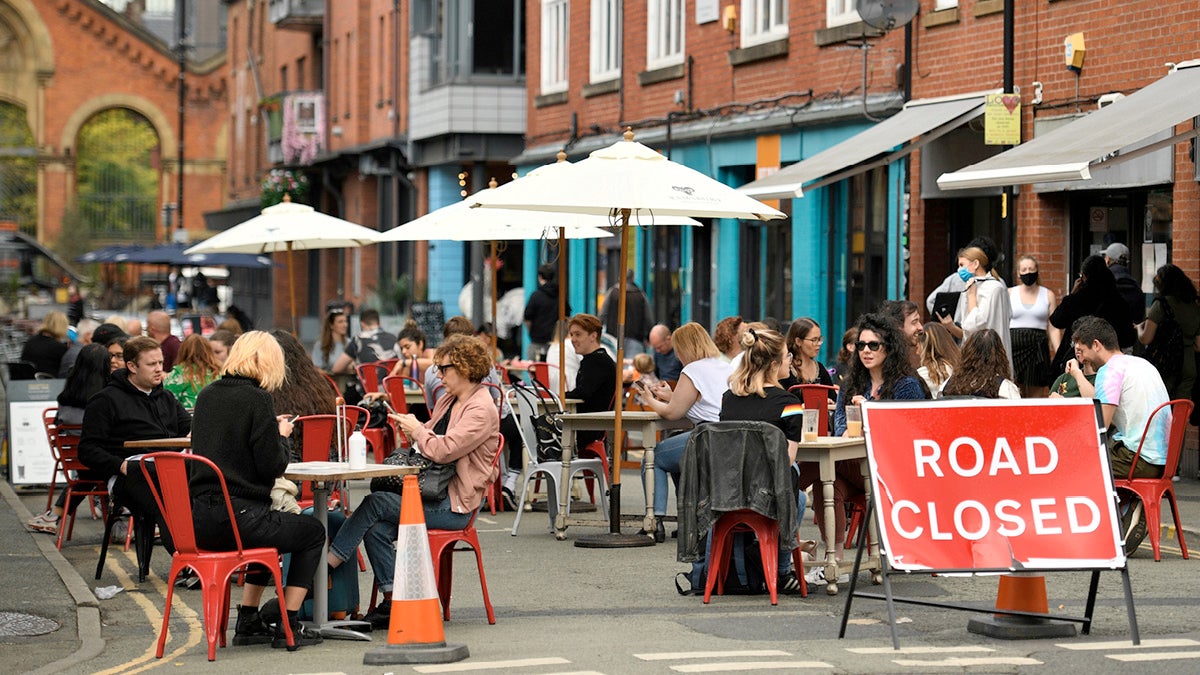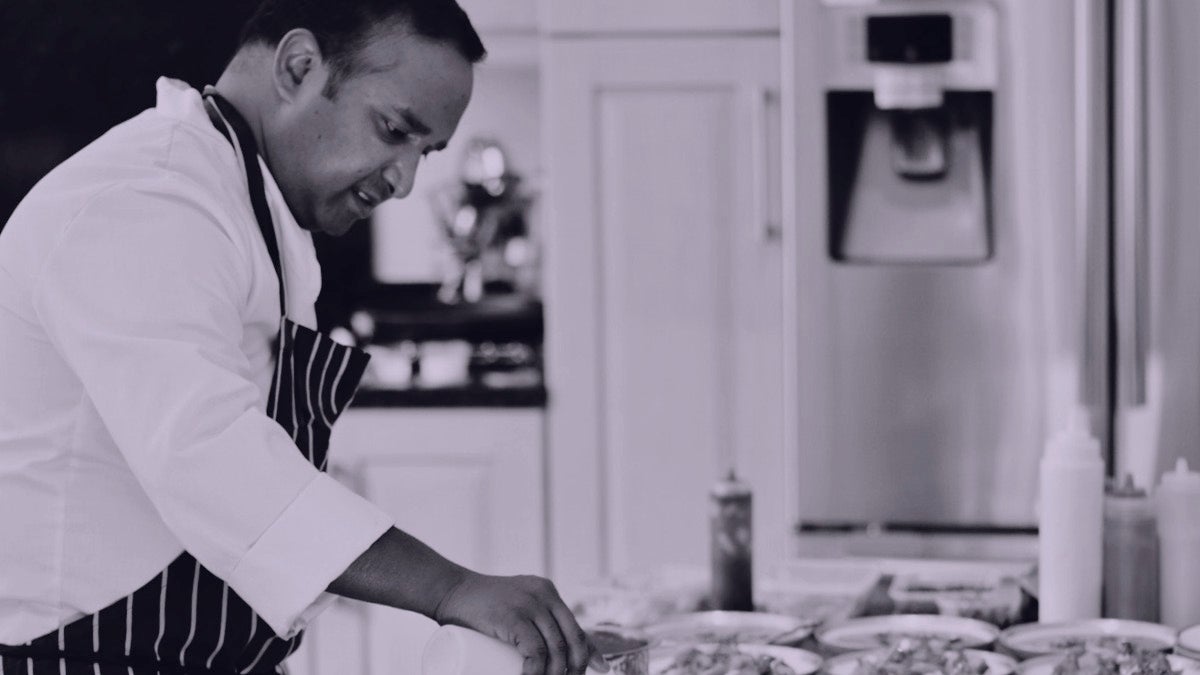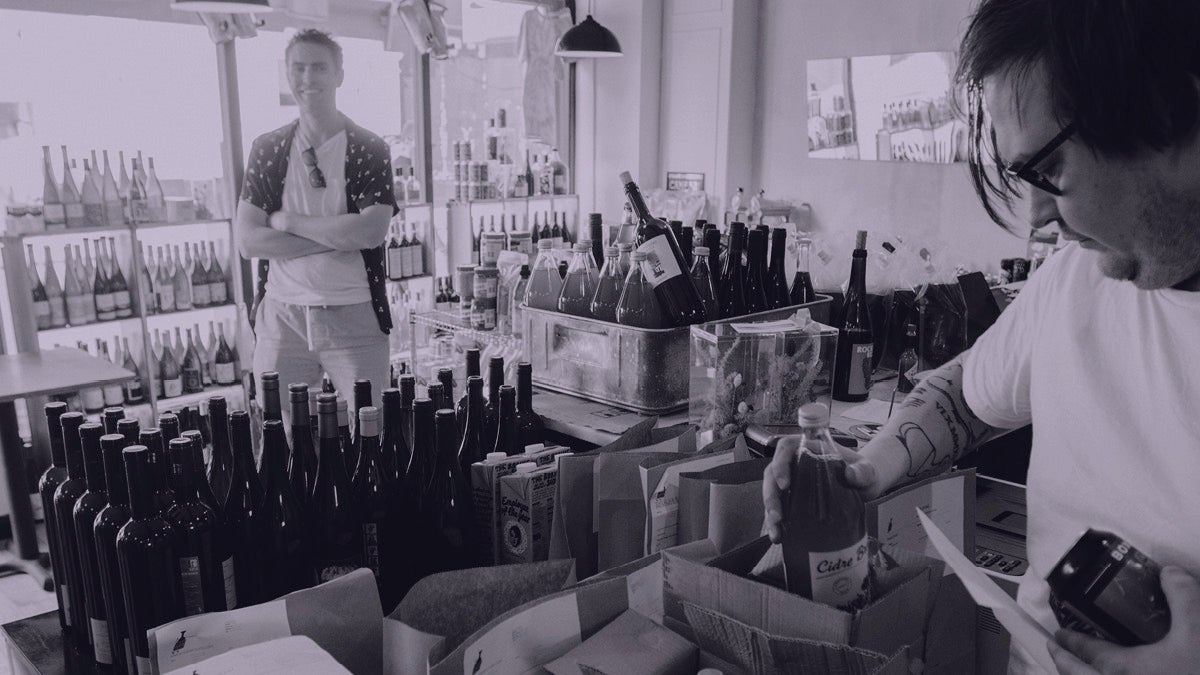
The coronavirus pandemic has presented a huge challenge to the hospitality sector, among the hardest hit by the health crisis. As the world struggled to gain control of an unprecedented global event, consumer spending nosedived and restaurants lay empty.
According to the latest Office for National Statistics figures, output shrank 86.7 per cent in the accommodation and food services in the three months to June, with the overall economy shrinking 20.4 per cent and the UK subsequently collapsing into recession.
“The restaurant industry is hurting in a massive way,” says Ryan King, editor in chief of online food magazine Fine Dining Lovers. “It’s one of the biggest shocks it has ever seen. Having a restaurant with zero customers for a prolonged period of time; it doesn’t get much worse.”
Signs of recovery in hospitality sector?
Around 80 per cent of hospitality firms stopped trading in April, with 1.4 million workers furloughed, the highest in any sector.
New data from Barclaycard, however, has revealed some green shoots in consumer spending, with restaurants, alongside bars and pubs, seeing a positive uptick from previous months. In July, they saw year-on-year falls in spending of 64.2 per cent and 43 per cent respectively, compared to declines of 86 per cent and 93 per cent in June.
Having a restaurant with zero customers for a prolonged period of time; it doesn’t get much worse
To bolster a beleaguered sector, the UK government announced a number of initiatives designed to directly kickstart consumer spending. On August 3, it launched Eat Out To Help Out, with diners seeing their bills slashed by 50 per cent, up to the value of £10, meaning a family of four could save up to £40 a meal.
The Eat Out to Help Out scheme was one of a number of government-led measures designed to support the ailing sector directly, others included a VAT cut, business rate holidays and government hospitality grants.
International responses to hospitality crisis
The UK’s targeted approach is in contrast to a number of other countries that have opted to stimulate consumer spending across all sectors and in more indirect ways.
“A cleaner option is to give people money in their pockets, so they can decide what they should spend it on,” says Florian Hense, European economist at Berenberg bank. “In the United States, people have had a lot more unemployment benefits, but the US knew these people would spend the money.”
In Germany, they opted for blanket VAT cuts across all sectors, in addition to more generous and lengthier furlough schemes, mirrored by France and the Netherlands. However, the downside of these more indirect methods is, even with additional money in their pockets, it doesn’t mean consumers will go out and spend it.
“The undermining factor in all this is the fear factor,” says Carsten Brzeski, chief economist for the eurozone and global head of macro for ING Research. “Governments can introduce measures to increase purchasing power and income, such as a reduction in taxes on labour so employees have a higher net income, but this won’t get rid of underlying uncertainty, whether that’s health or uncertainty about futures.”
Have government measures boosted consumer spending?
Some would argue that the more targeted government measures are, the more they incentivise consumers, particularly in the hardest-hit sectors. And on one level this strategy, favoured by the UK government, seems to work. More than 35 million meals were enjoyed by diners across the country in the first two weeks of the government’s Eat Out to Help Out scheme, according to figures published by the Treasury.
Food magazine editor King says: “It’s been a great headline and it plays well to voters. It’s so simple to sign up and good news for restaurants and diners, as both will benefit.”
A cleaner option is to give people money in their pockets, so they can decide what they should spend it on
Broadcast widely across social media and highly publicised in the media, it enticed people out to visit restaurants and the high street once again.
Figures from Springboard, which measures footfall, reveal the number of people in retail venues after 6pm on August 3 was almost 19 per cent higher than the previous week. The number of visitors during lunchtime hours was up by 10 per cent.
However, King warns that the policy itself does not go far enough. “It’s good if you run a fast food chain, with a low value cheque; customers will be getting a half-price meal. But not so good if you’re an independent restaurant, with an average order value of about £40 or more,” he explains.
Restaurants who pivot can thrive
According to new data from Visa, 40 per cent of hospitality, food, drink and franchise businesses have had to adapt their business model during lockdown to tackle changing consumer spending needs. And the restaurants that have pivoted appear to be showing signs of success.
Whether it’s launching a takeout or takeaway operation that didn’t previously exist, or “makeaways” which tap into the consumer lockdown trend for cooking at home, restaurants have stayed connected with their customers through new revenue streams.
“As a café that relies on people socialising in the local park, we were faced with a real challenge,” says Antony Wilson, owner of Level Café, Brighton. “We had to quickly adapt to changing consumer needs, so we started selling make-your-own pizza kits and were inundated with orders.
“Since the success of the pizza kits, we now sell coffee packages and Italian essentials kits, and having them all online has allowed us to upsell these products together. Whereas previously people were only buying one singular kit, customers are now buying multiple packs and we’ve seen an increase of 50 per cent on these add-on products.”
Technology can provide a lifeline for hospitality
In encouraging news for the hospitality sector in general, one in three consumers told Barclaycard they are looking to support the industry actively where they can. Of this group, 36 per cent are now dining at restaurants, 28 per cent are going out for drinks and 34 per cent intend on taking advantage of government initiatives.
“If you’re agile and can jump on the technology, tech can save so many businesses,” says brand experience agency Tribal Worldwide’s executive creative director Victoria Buchanan.
Speaking on an Econsultancy panel, discussing what’s next for hospitality, she pointed out that restaurants that have embraced technology are the ones most likely to weather the storm. “Those with an ecommerce offering survived the best during the lockdown, while many quickly partnered with firms like Deliveroo and were able to shore themselves up that way,” she explained.
During April, May and June, delivery firms reported a 50 per cent increase in breakfast orders and an 80 per cent rise in lunch orders, according to a new report by McKinsey & Company.
How to make the best of a bad situation
Although working from home has dampened restaurant footfall, especially in office-heavy areas, it has also created new opportunities. Data from Deliveroo reveals that Friday and Saturday night orders were up 36 per cent across Europe, compared with pre-lockdown numbers, and the increase is likely to continue at least in the near term. In the UK, they were up more than 40 per cent.
“Mobile technology represents a key solution to a number of the challenges posed in the hospitality sector,” says Will Broome, chief executive of retail shopping app Ubamarket. “Not only does it monitor consumer demand, it also provides a solution to increased safety and hygiene concerns, by enabling features such as in-app payments, remote ordering and personalised discounts.”
Effective use of data enables restaurants to improve the dining-in experience for consumers. For instance, before a meal, restaurants can target nearby consumers by personalising digital offers or promotions. After the meal, restaurants can engage with consumers via feedback requests or with a rewards programme.
“Our experience suggests that in the context of the pandemic, customer experience leaders are likely to do well,” according to the McKinsey study. “During the global financial crisis of 2008, restaurants that were leaders in customer experience came out top, delivering approximately three times greater cumulative return to shareholders.”
Three restaurants adapting to the times
01 The Black Swan, Oldstead

Acclaimed chef Tommy Banks had to think on his feet when forced to shut his Michelin-starred Yorkshire-based restaurant The Black Swan, in March, alongside sister restaurant Roots, as a result of coronavirus.
In early-April he launched Made in Oldstead, a new premium food box service, offering three-course meals designed by Michelin-star teams, delivered direct to customers’ homes. The boxes include ingredients grown both on and around the Banks’ family farm and by the restaurant’s local suppliers. Menus change weekly and customers can order cocktails and drinks too.
“The uptake has been phenomenal,” says Banks. “We’ve had some people order them every week since we started. It’s been a way to stay in touch with our customers, but also a whole new revenue stream for the business. There have been Zoom dinner parties, but also customers ordering for special occasions or couples with young children who don’t have to arrange childcare,” he adds.
After success locally, the service has expanded nationwide and they now deliver more than 500 boxes a week; boxes start at £75. “From a business point of view, when you own restaurants you have all your eggs in one basket,” Banks explains. “We needed to make a new business, but one that would still fit with the ethos of the restaurants. A huge amount of thought has gone into the development of the dishes. It’s gourmet food at home.”
02 Kahani, Belgravia

Indian restaurant Kahani, in London’s Belgravia, opted to bring the fine-dining experience to customers’ homes, with a number of initiatives debuted during lockdown to help maintain engagement with its client base and stay afloat.
Chef patron and co-owner Peter Joseph explains: “As a high-end, independent restaurant, we did not really benefit from the government’s schemes, apart from the reduction in VAT. We have, however, launched new ways of dining with Kahani to retain our loyal customers and gain new ones.”
These initiatives include Kahani at Home, where Joseph cooks a three-course meal for customers in their home, complete with sommelier and cocktails. In addition to home-teaching private dining parties, where clients can cook the meal alongside Joseph and his chefs, there are BBQ boxes, tapping into the new “makeaway” trend for home-cooking.
To reward customer loyalty, he also devised a so-called Red Envelope Campaign, hiding three envelopes in Kahani takeaways each month with prizes for customers to win. “After Red Envelope launched, we saw a 30 per cent increase in orders,” says Joseph.
Launching new revenue streams has offered a buffer to the loss of sales from closure of the restaurant. Joseph says he is now down only about 20 to 30 per cent year on year, as a direct result.
03 Top Cuvée, Highbury East

Described as “hip Highbury newcomer” when it launched in February 2019, neighbourhood restaurant and wine bar Top Cuvée moved into retail to help plug the loss of sales after its sudden closure in March.
Owner Brodie Meah launched Shop Cuvée, a new online wine delivery and subscription box service to maintain links with its client base, while tapping into the growing trend for home-drinking.
With a focus on natural wines, without “excessive use of chemicals in the vineyards”, he relaunched the website and offered next-day delivery on all wines, with a bicycle same-day service anywhere in London, including parks.
“It was the perfect storm,” says Meah. “The demand for wine delivery was up and the market was there. The repeat customers have been 60 per cent a week, which has been a huge indicator of its success.”
He says the new launch has offered a great avenue to attract new customers to the business. “If you live in a small town in North Wales, you can’t visit the restaurant, but you can buy some wine from us,” says Meah.
The project has been so successful that this September Shop Cuvée is due to launch its first bricks-and-mortar site, just around the corner from the restaurant.

The coronavirus pandemic has presented a huge challenge to the hospitality sector, among the hardest hit by the health crisis. As the world struggled to gain control of an unprecedented global event, consumer spending nosedived and restaurants lay empty.
